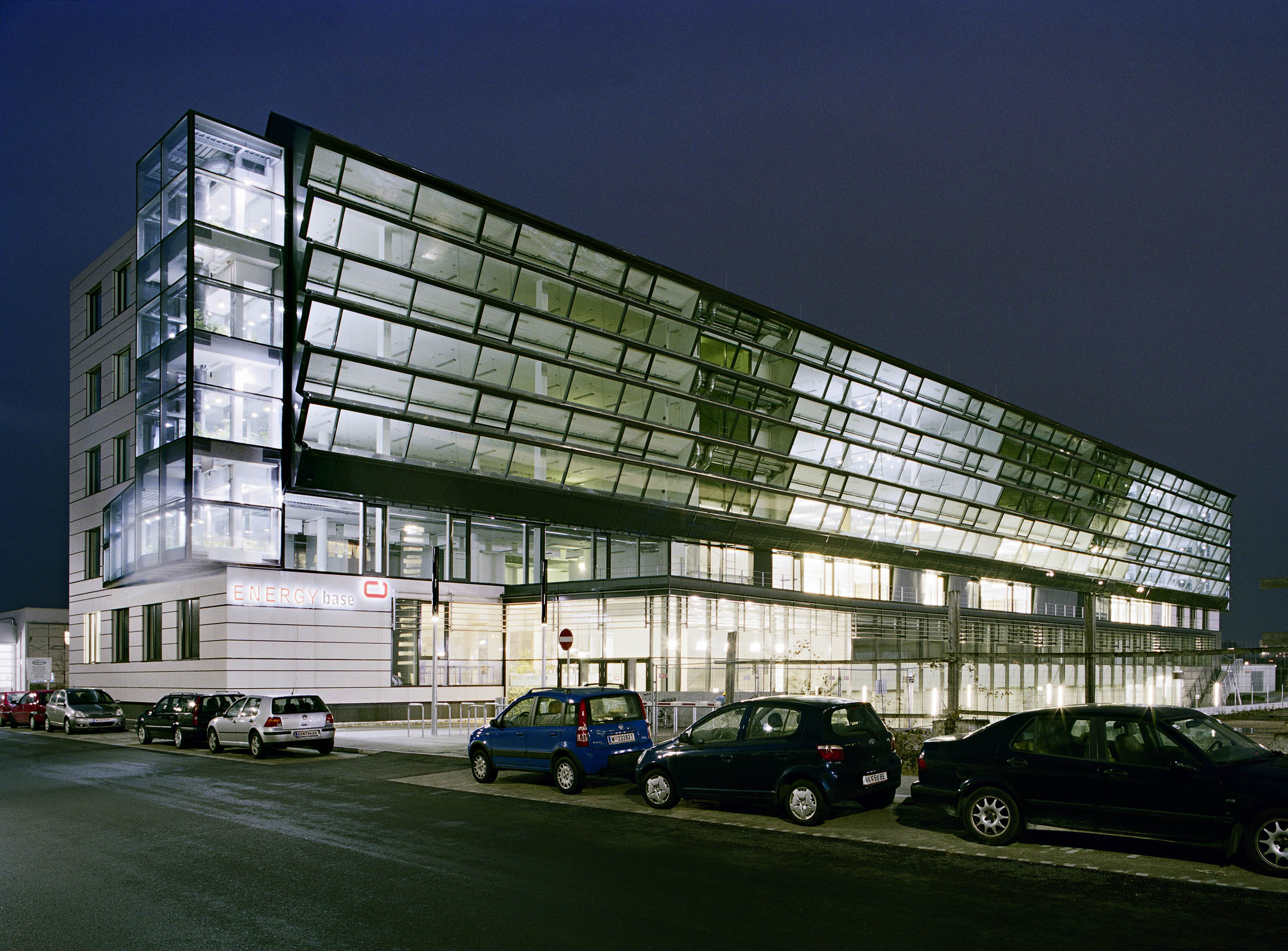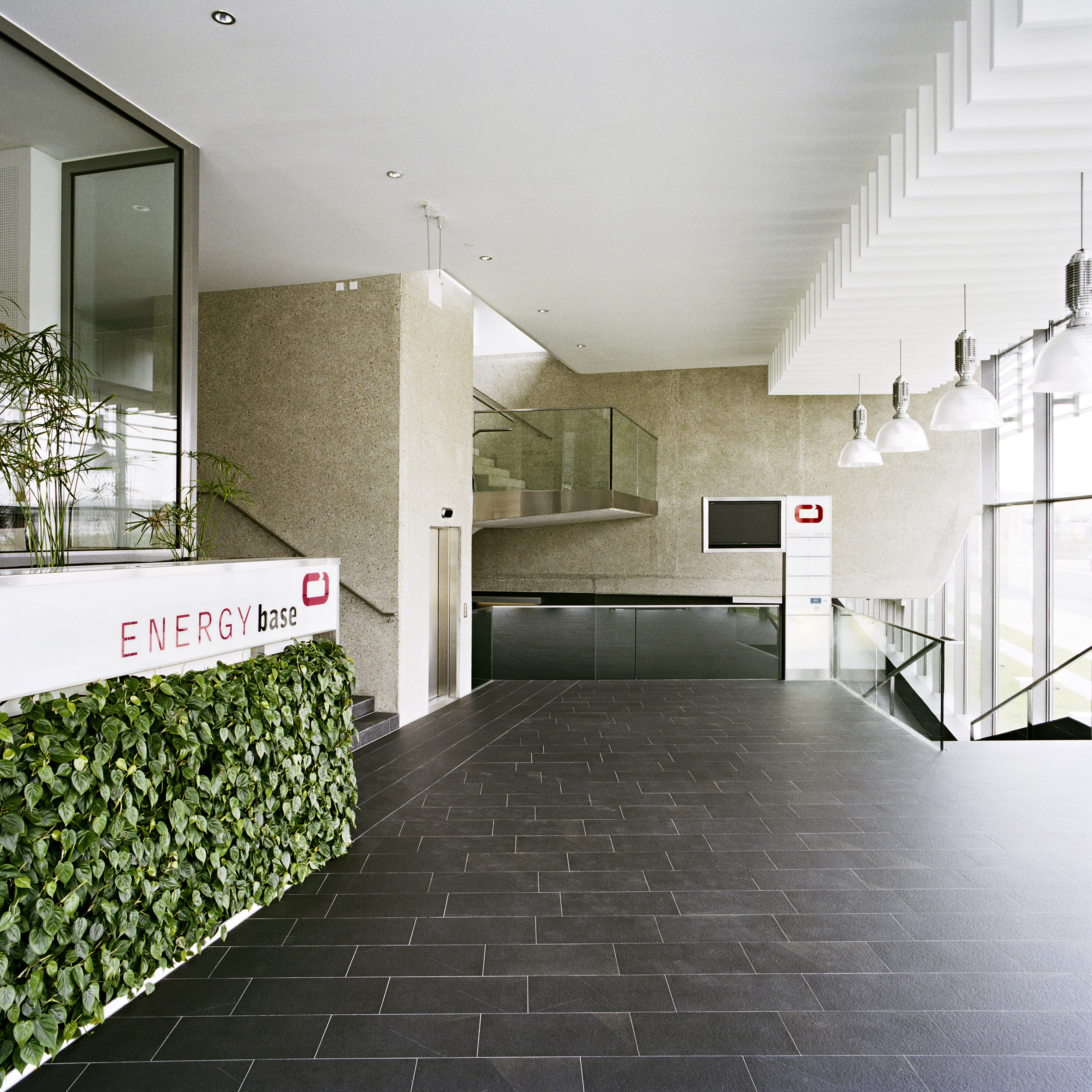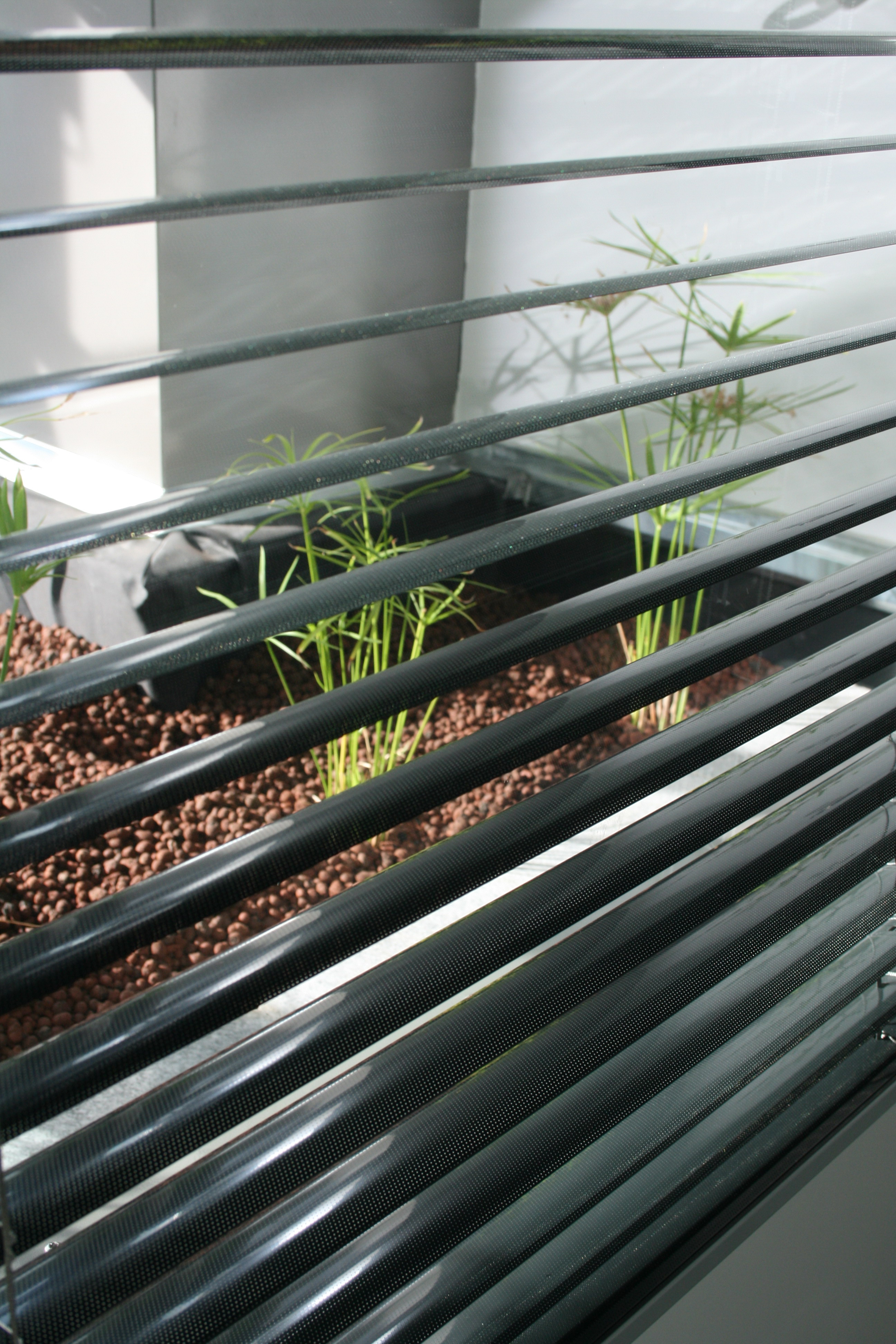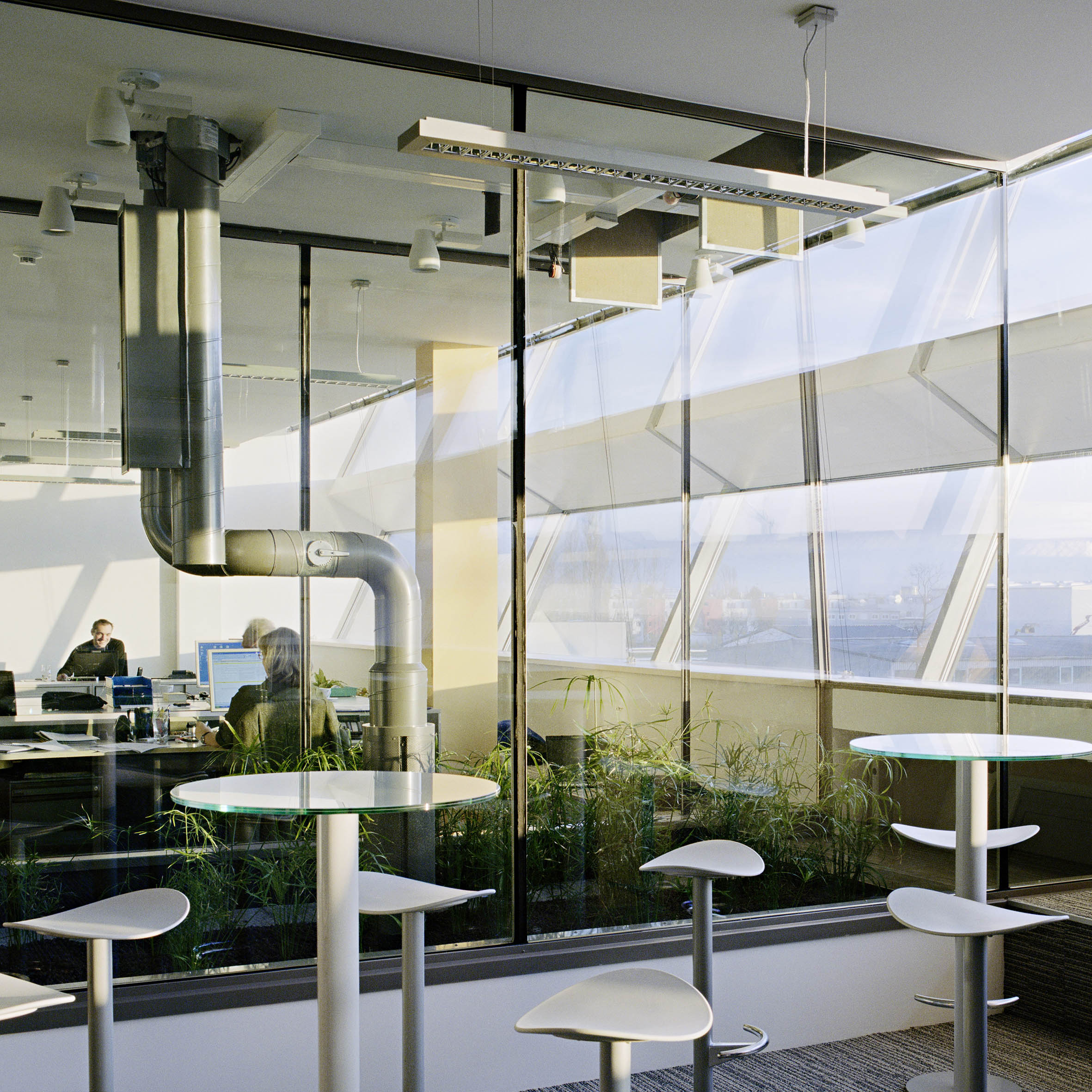
Ursula Schneider
- Site : http://www.pos-architecture.com/
- Adresse : Maria Treu Gasse 3/15 1080 Vienne
Innovative. Sustainable. Climate-optimized. Comfort-optimized. Long-living.
Since the founding in 2000, POS sustainable architecture is occupied with researching and building of sustainable architecture. The holistic approach and integral designing methods helped to develop innovations further and test them in pilot buildings. Our specialties lie in office construction, housing, public buildings, commercial buildings, and revitalization projects. The first high alpine passivhouse, an energy producing office building, the first passivhouse embassy building in tropical climate are examples for an extraordinary Planning-Know-How.
Ursula Schneider is the CEO of POS sustainable architecture
*1961 in Salzburg
married, 4 children: Simon (*1987), Jakob (*1990), Peter (*1992), Daniel (*2000)
Main focus: innovative and applied building research and consulting in the areas of Passivhaus, daylight architecture, plus-energy standard, cradle to cradle, CO²-neutral construction, recyclability, user comfort and building greening
Teaching:
Since 2013 University of Applied Sciences – FH Technikum Wien, lecture “Introduction to Green Building”, member of the planning committee for the bachelor degree programme “Green Building”
Since 2011 Danube University Krems, visiting critic for the degree programme“Future Building Solutions”
2010 - 2013 Technikum Wien, lecture series on solar and sustainable architecture
2009 TU Wien, Institute for building construction 2, lectureship
2008 TU Wien, Institute for urban development, lectureship
2007 Danube University Krems, lectures for the degree prgramme “Daylight Management” and “Real Estate Management”.
Voluntary work:
Since 2015 Member of the advisory board for building quality in Upper Austria
Since 2013 Member of the steering committee, ÖGNI (Austrian Sustainable Building Council)
Since 2013 EU construction 2020 initiative, workgroup “Sustainable Use of Natural Ressources”, sent by the Architects Council of Europe.
Since 2011 Chairwoman of the Committee on Sustainability, architectural association of Austria
Since 2011 Member of the Steering Committee of the ASBC: Austrian Sustainable Building Council
Since 2011 Nominee of the architectural association of Austria to the ACE: Architects Council of Europe, sector Environment and Sustainable Architecture
Since 2006 Member of the Committee on Sustainability, Austrian Federal Chamber of Architects and Engineering Consultants
Awards:
Austrian of the year 2011
Mies van der Rohe Award 2011
Solaraward2008
European Environmental Press Award 2008
Innovation Award "Energiespeicher Beton"
Green Building Award for Highest Innovation
ATGA Facility Award 2009
Solid Building Award
Environment Award of the City of Vienna 2007
Styrian Wooden Architecture Award 2007
Austrian State Prize for Architecture and Sustainability 2006
Environment Award of the City of Vienna 2005
Austrian Solar Prize 2005 "Euro Solar Austria"
Energy Globe Vienna 2005
Ford Environment Award 2004
|
ENERGYbase, innovative office building
7.500 m² usable floor area, offices, research and educational institutions dealing with renewable energy ;major
features: passive-house standard, green buffer space for eco-humidification, south facade specially shaped
for natural shading and solar photovoltaic production, total end energy consumption 18,2 kWh/m² per year
for heating, cooling, hot water, ventilation, lighting and auxiliary energy (compared to a standard building
with 135 kWh/m2.a)
The architecture solution proposed by energy base with a triple benefit of extreme cut of energy use, 100% covering by renewable energy and a very
healthy indoor climate comfort may be a big leap for office buildings concept in moderate climates worldwide. Even that its construction costs are proved
to be comparable to standard buildings should promote the transferability. Passive house standard provides a healthy and comfortable environment. An
innovative eco-humidification by plant-buffer-rooms fosters the health and is a green oasis within a working area. All built-in materials are approved by
a chemical expertise to ensure highest possible eco-standards. The building control system can be overruled by the user to meet the personal needs of
the individual space.
Energy base meets the full passive house standard with high insulation and a highly efficient ventilation system with
energy and damp recovery.
It has 15% of the energy consumption of a comparable standard office building, the total
end energy use for heating, cooling, ventilation, lighting and auxiliary energy amounts to 23,5 kWh per m2a, of which
5,3 kWh/m2a are covered by photovoltaic.Some office buildings use this amount of energy only for lighting. Energy
base uses mostly solar power, as by the passive solar gains of the facade, as by the 400 m² photovoltaic panels (which
generate 40000 kWh per year) and as by the 285 m² solar thermal panels which feed the solar cooling system. Geothermal
power from groundwater covers the little amount of rest energy needed for heating and cooling.
Building costs are equal to high standard office buildings due to a highly professional integrated planning process,
by keeping the structure simple, for solutions were proved in detail and all technical equipment was available in the
market.
|





